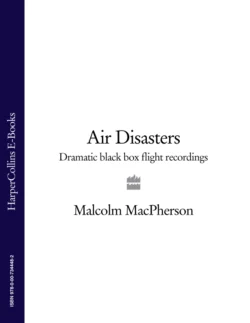Air Disasters: Dramatic black box flight recordings

Malcolm MacPherson
Тип: электронная книга
Жанр: Справочная литература
Язык: на английском языке
Стоимость: 781.54 ₽
Статус: В продаже
Издательство: HarperCollins
Дата публикации: 16.04.2024
Отзывы: Пока нет Добавить отзыв
О книге: Compelling and dramatic insights into crucial moments inside the cockpit.Discover the most sensational air disasters of recent years. Transcripts of actual black box recordings of conversations between captains, their crew, and air traffic control on the ground reveal the final moments during which life-and-death decisions were made.In some cases, disaster is averted; in others, the results are fatal. Every one of these real-life stories contains heroism and terror, and shows the sheer professionalism of those involved when under extreme pressure. They enable the reader to get right inside the cockpit and relive what happened, minute-by-minute, second-by-second.• Includes Air France Flight 4590, the famous Concorde disaster in July 2000